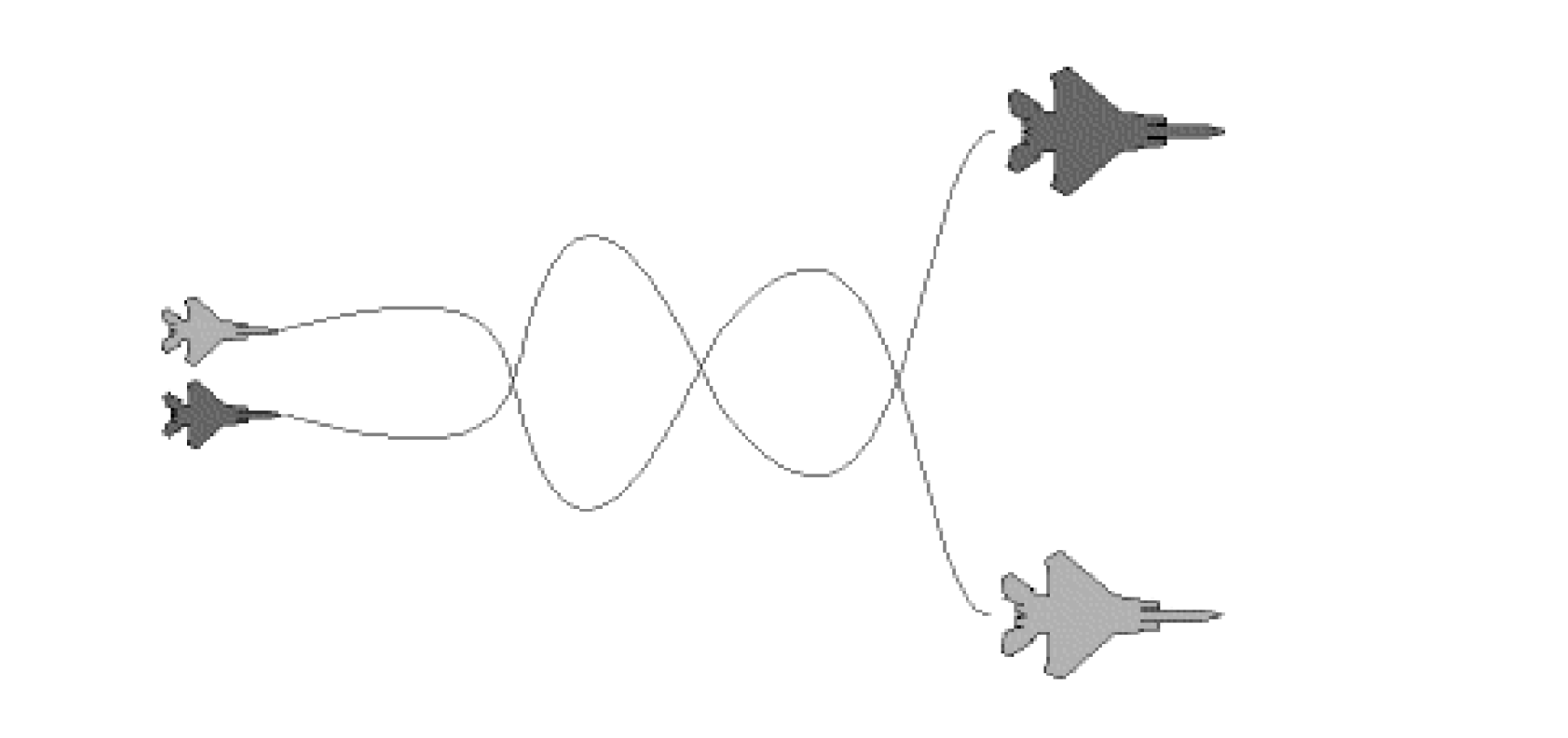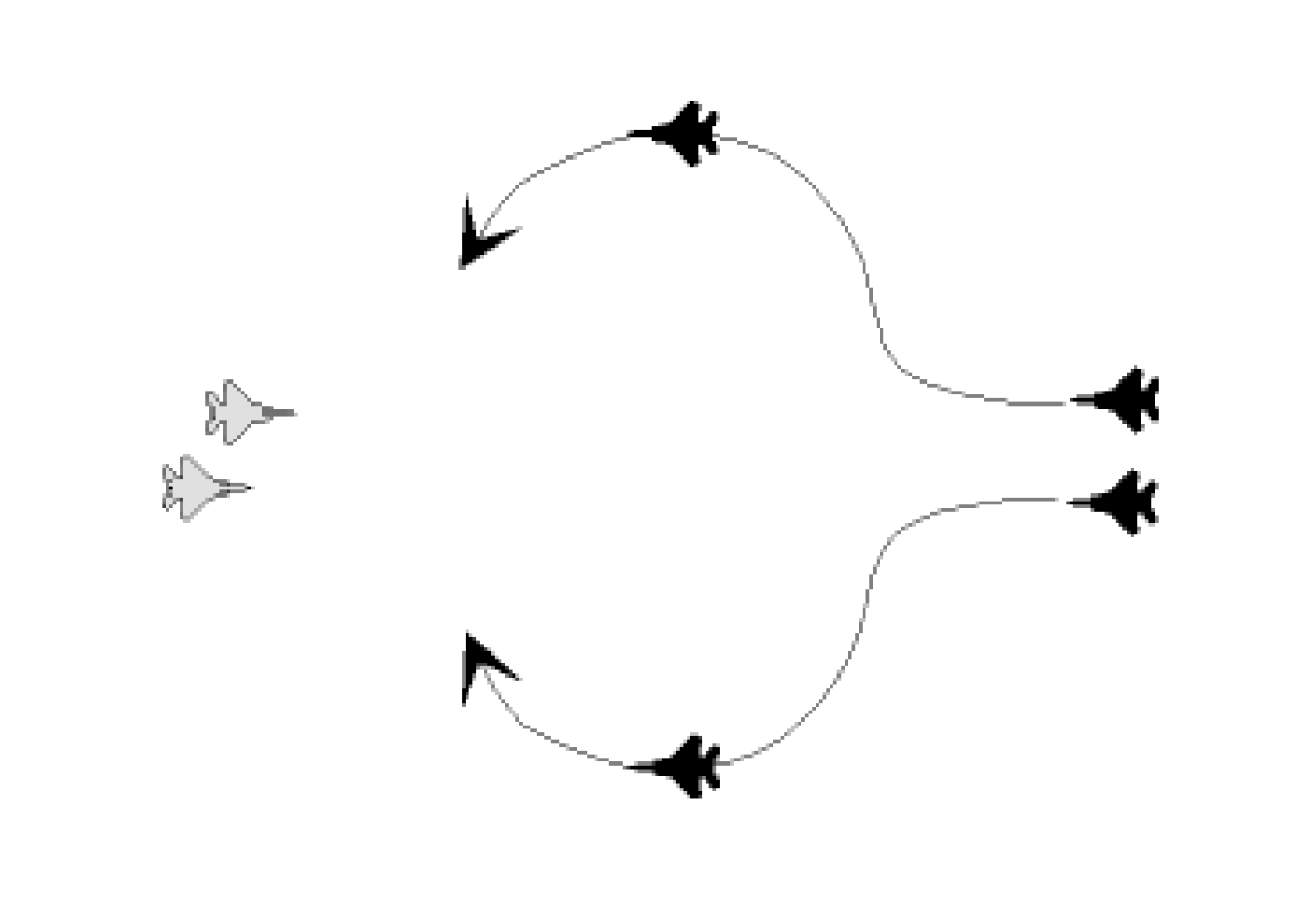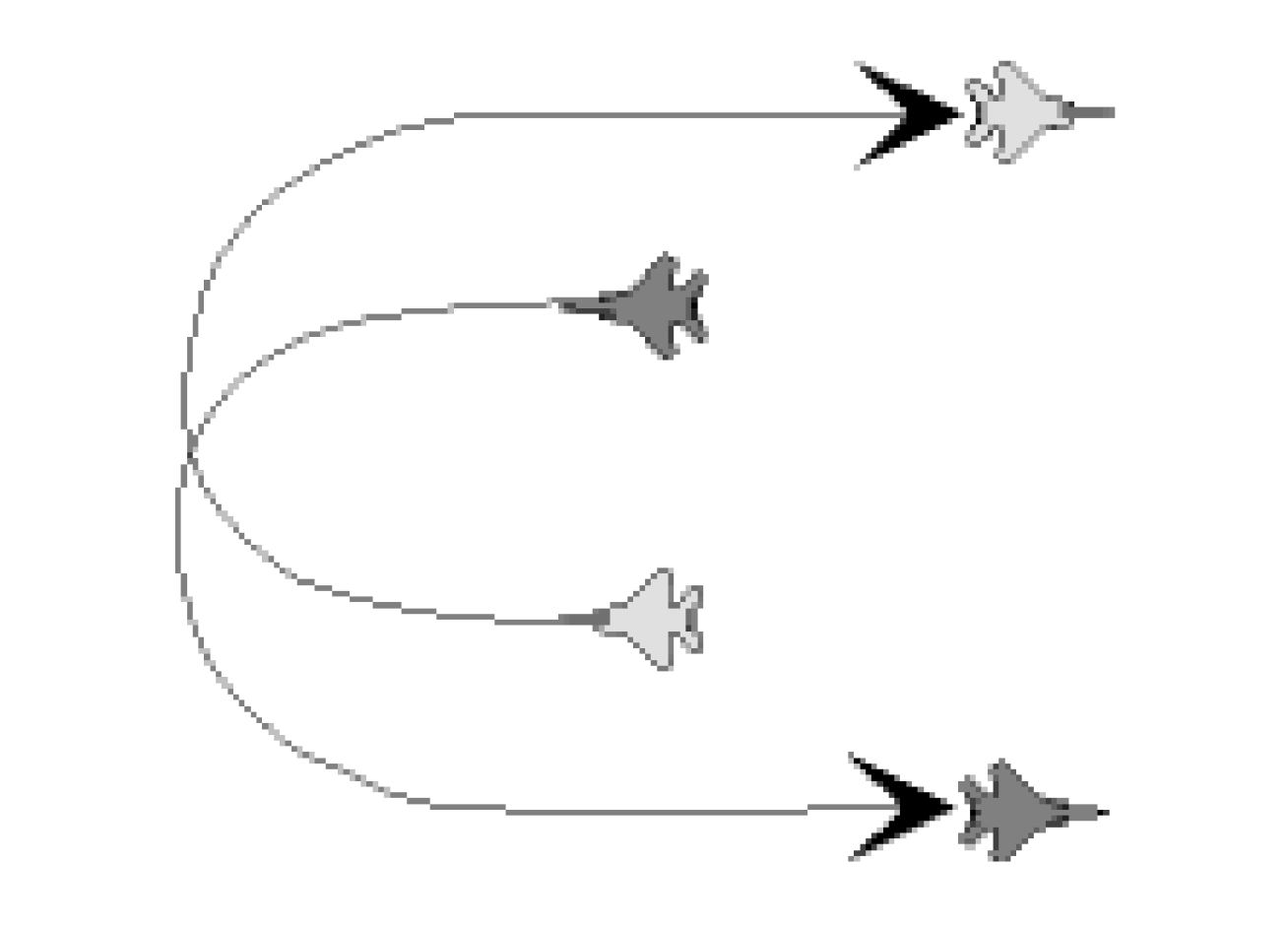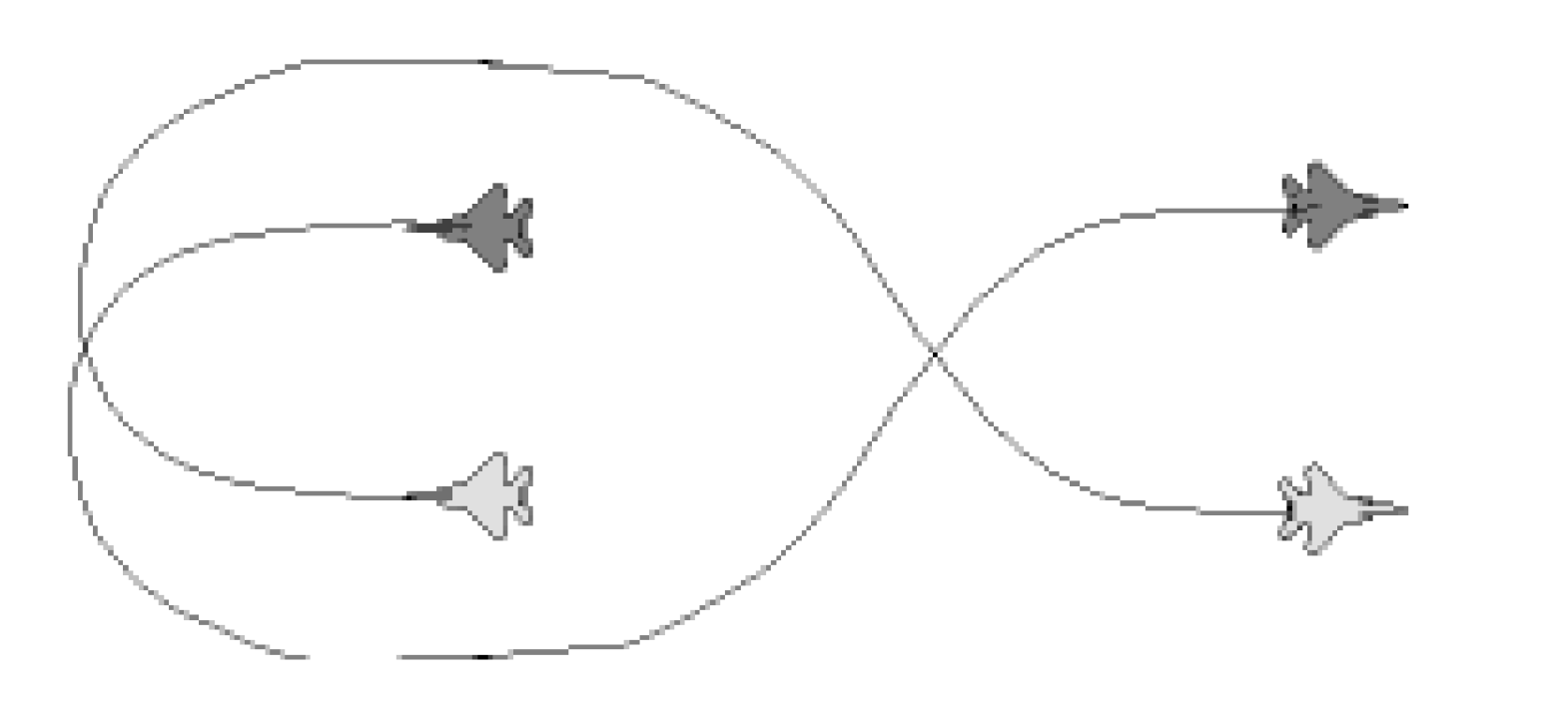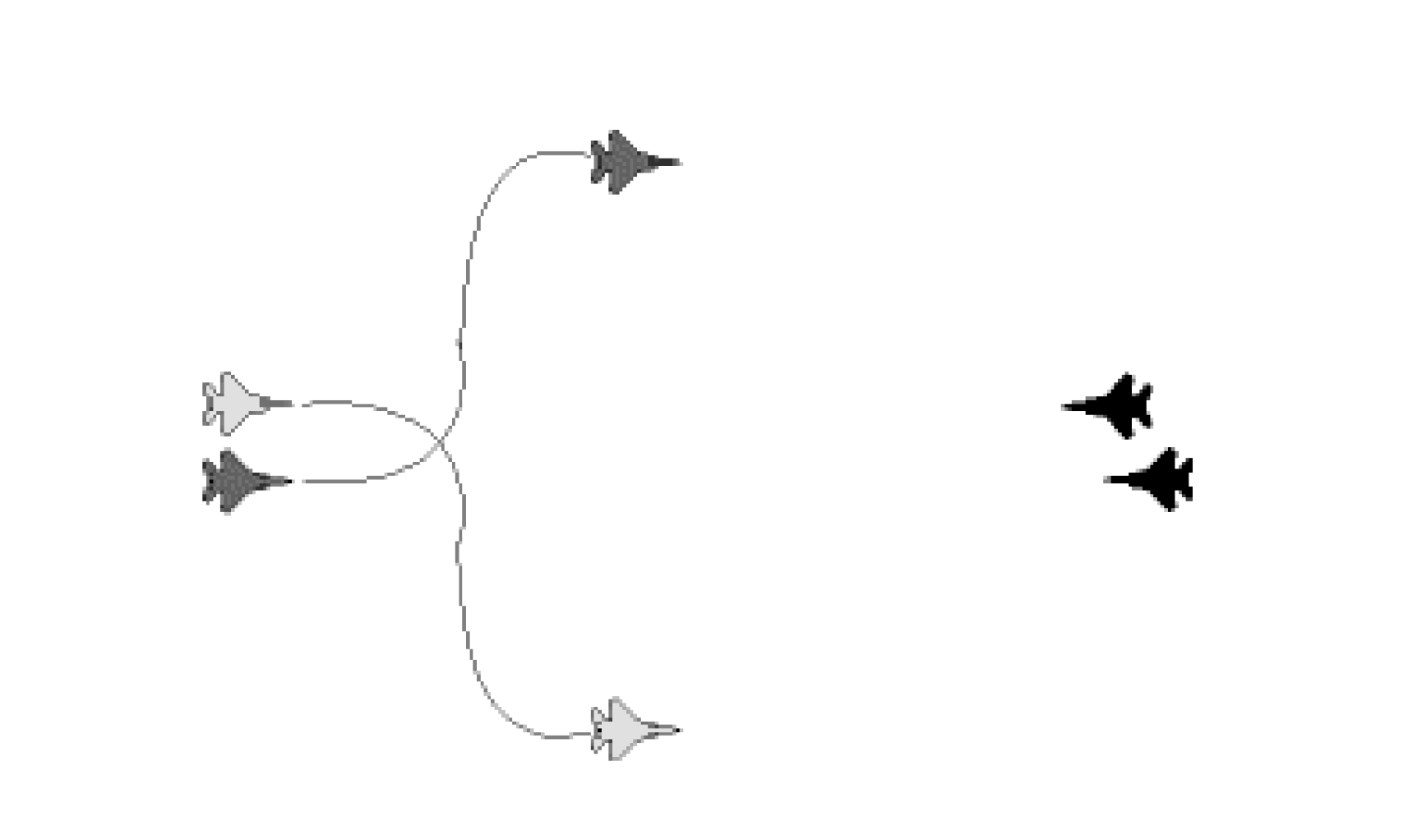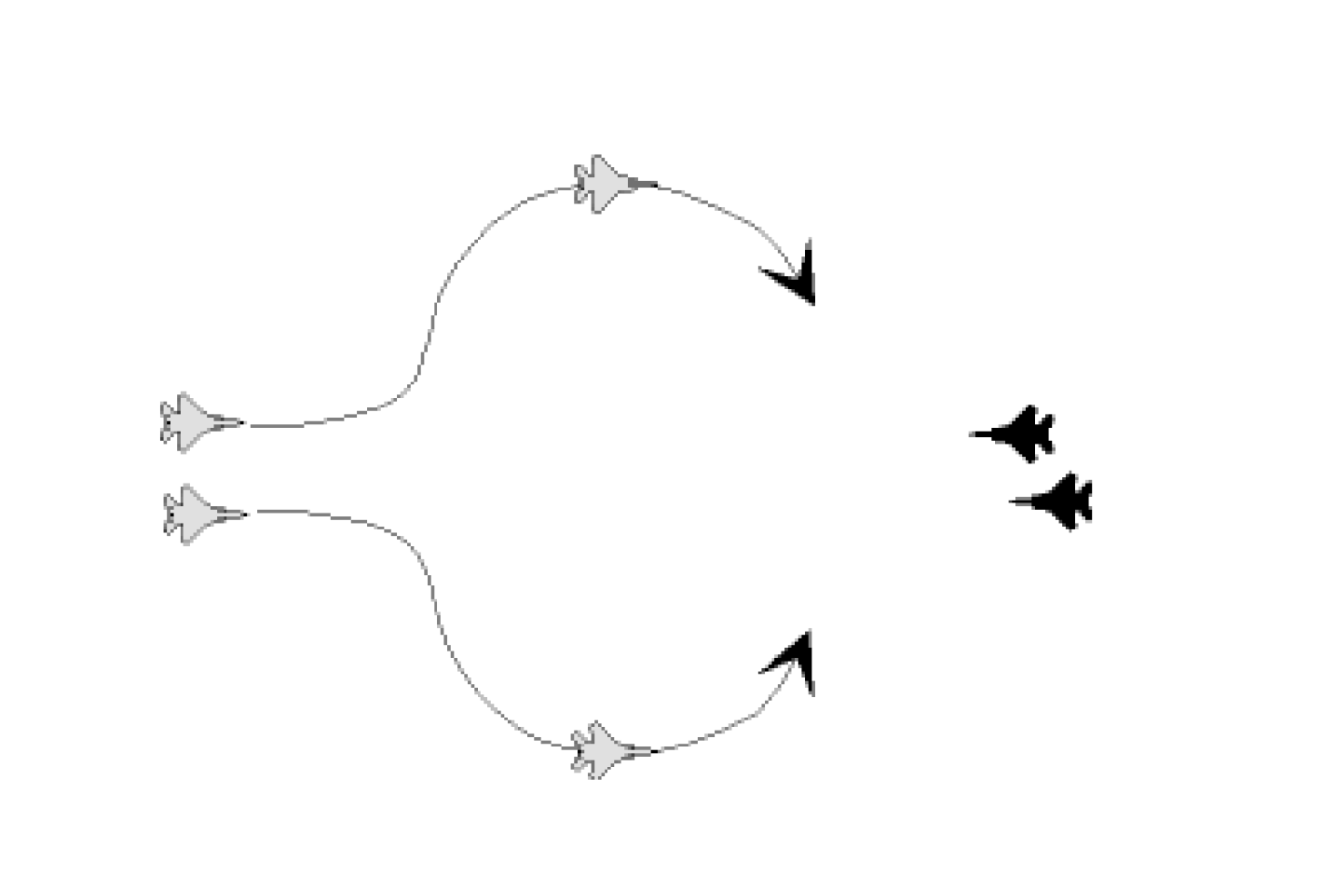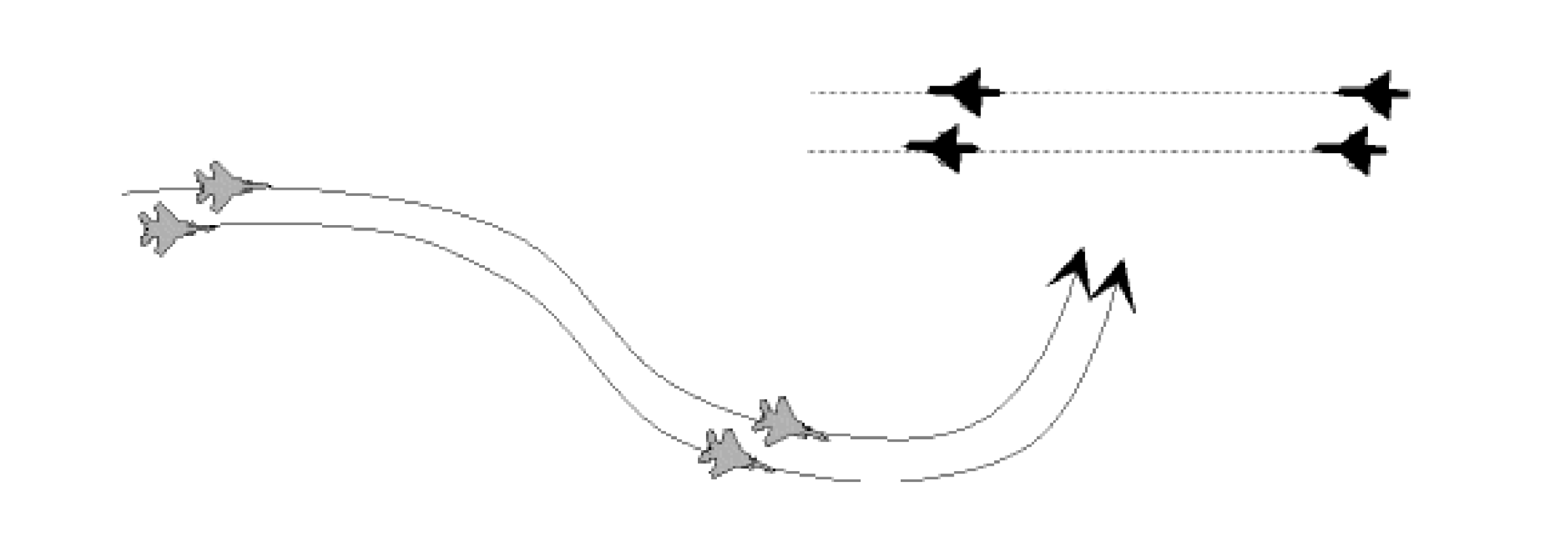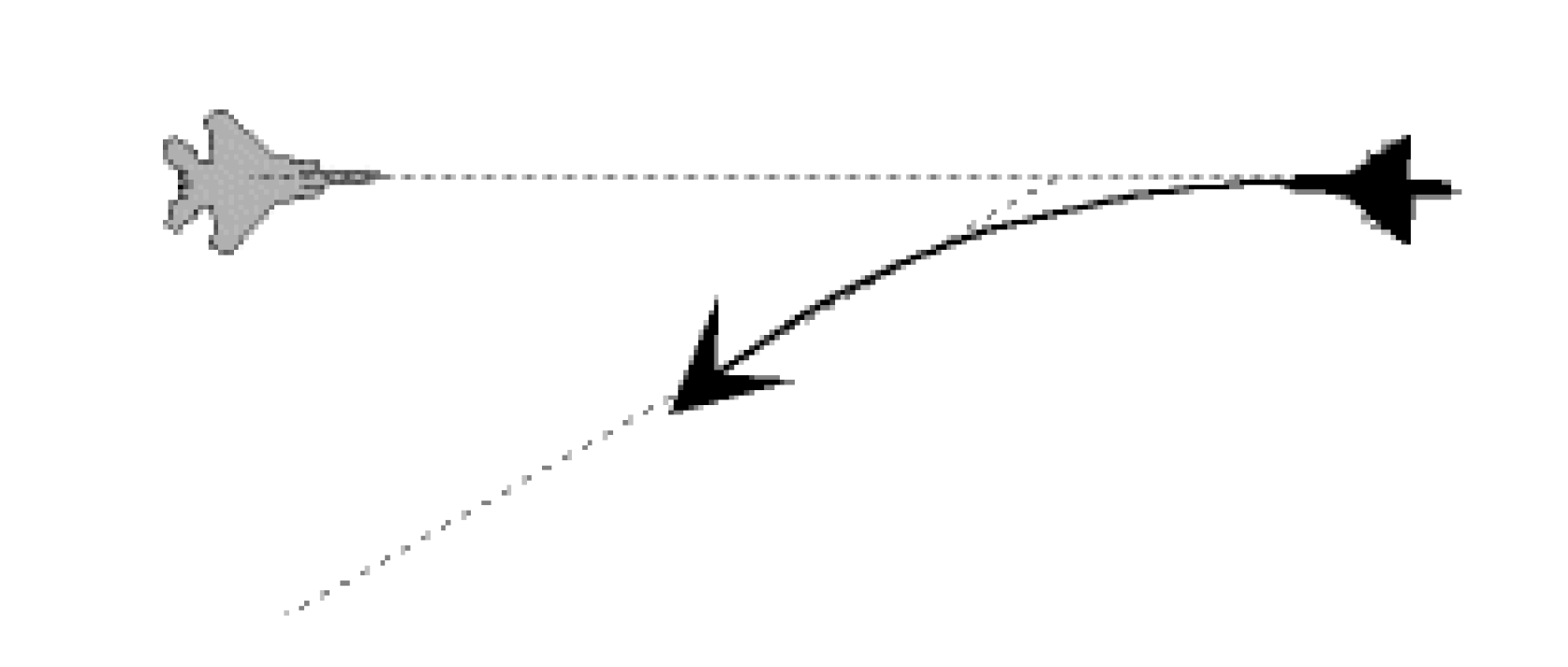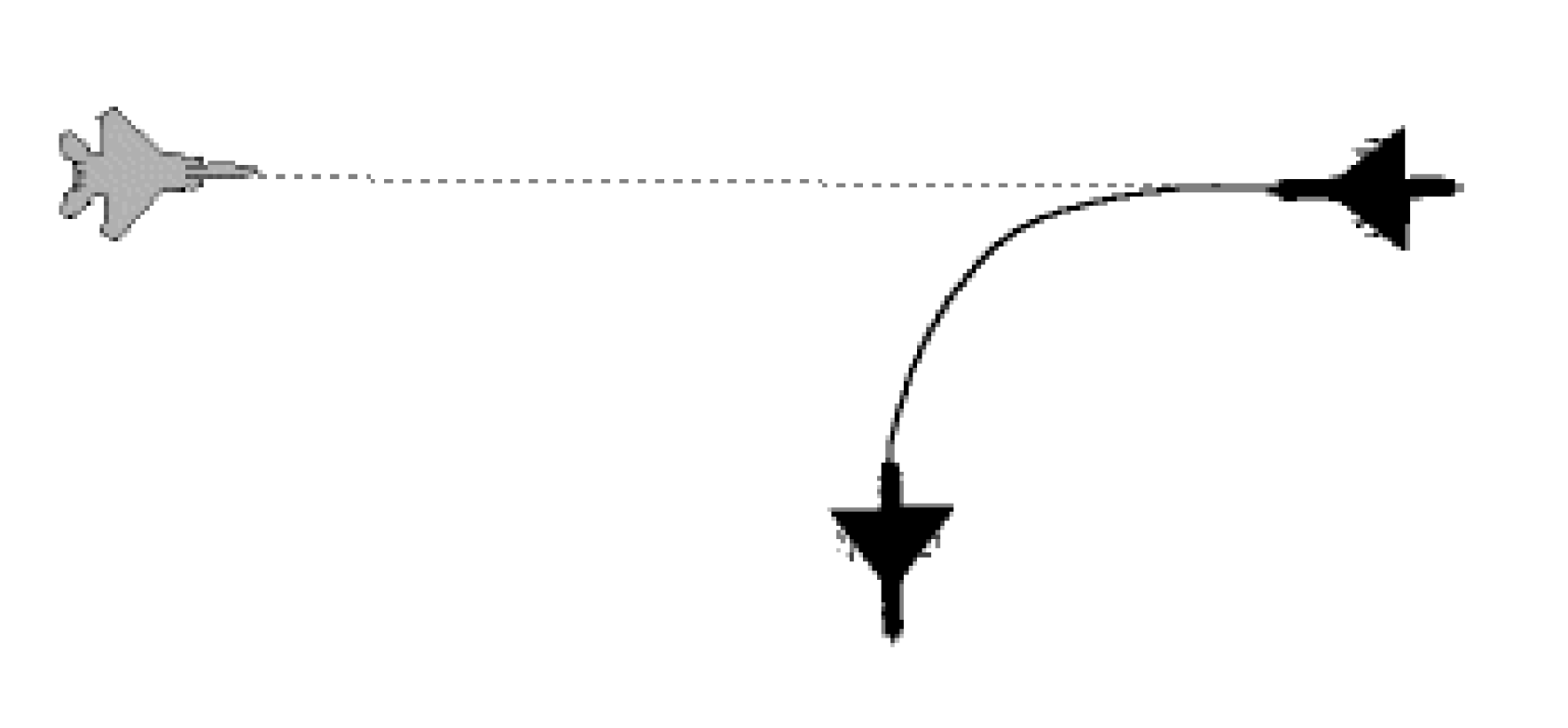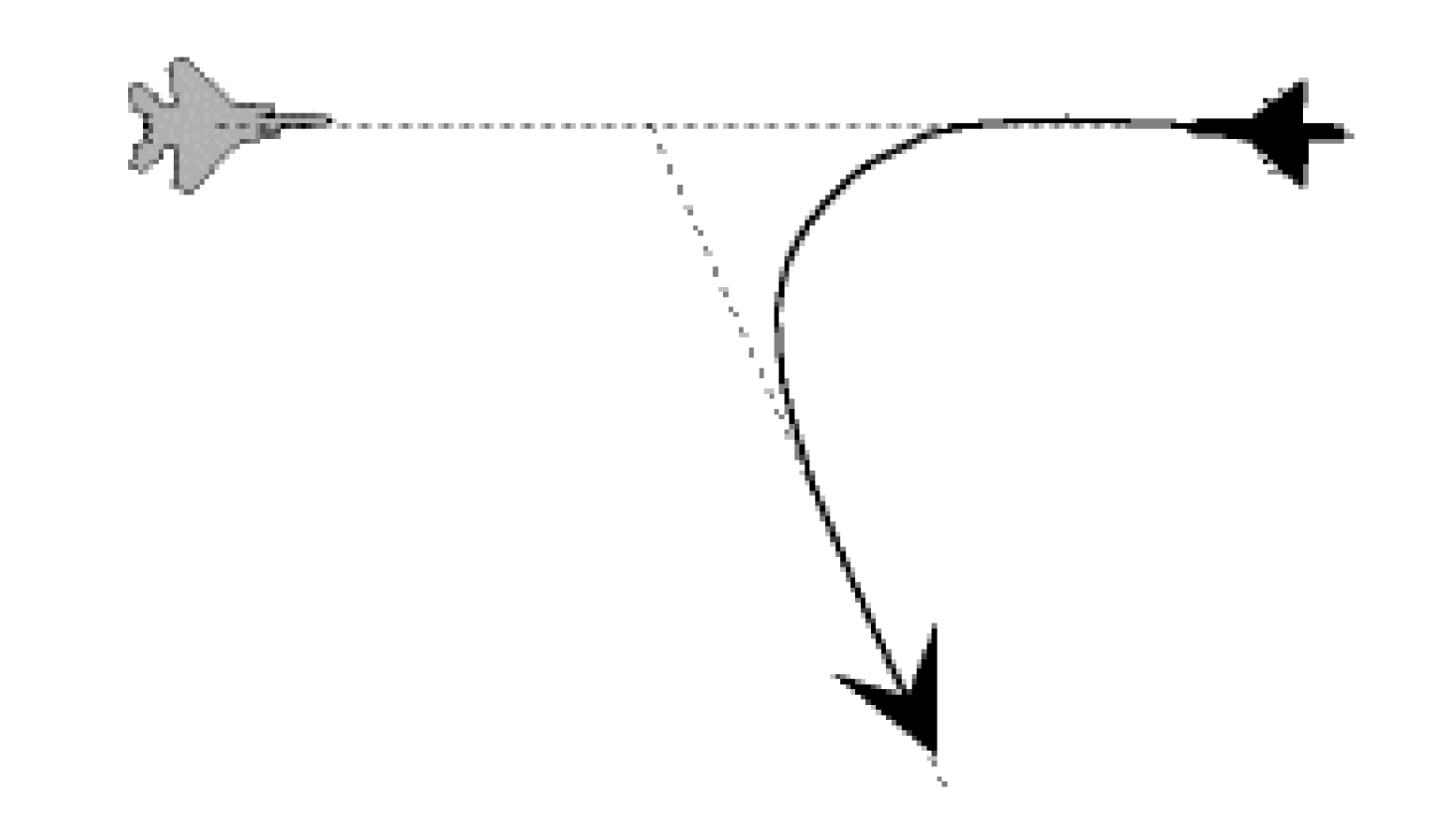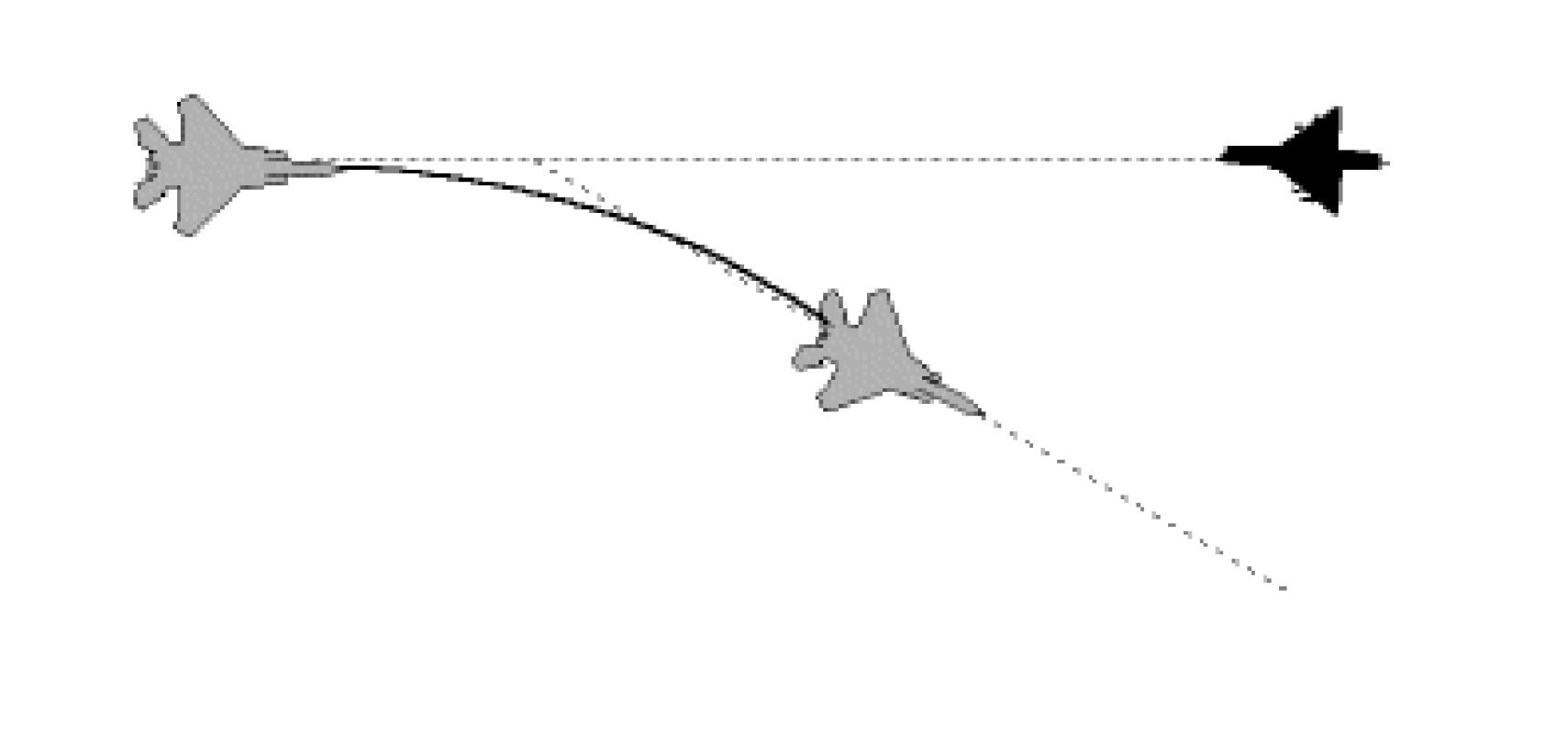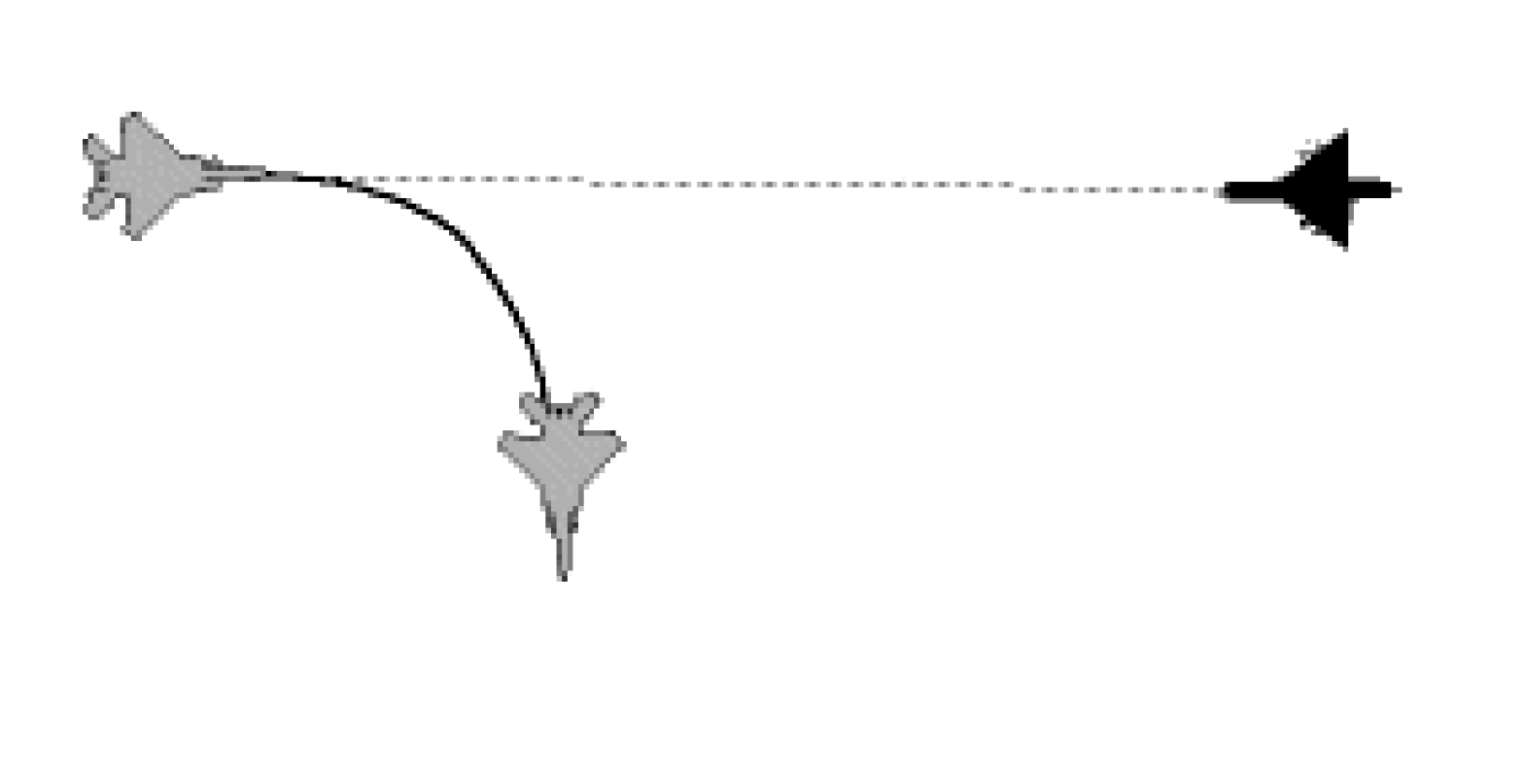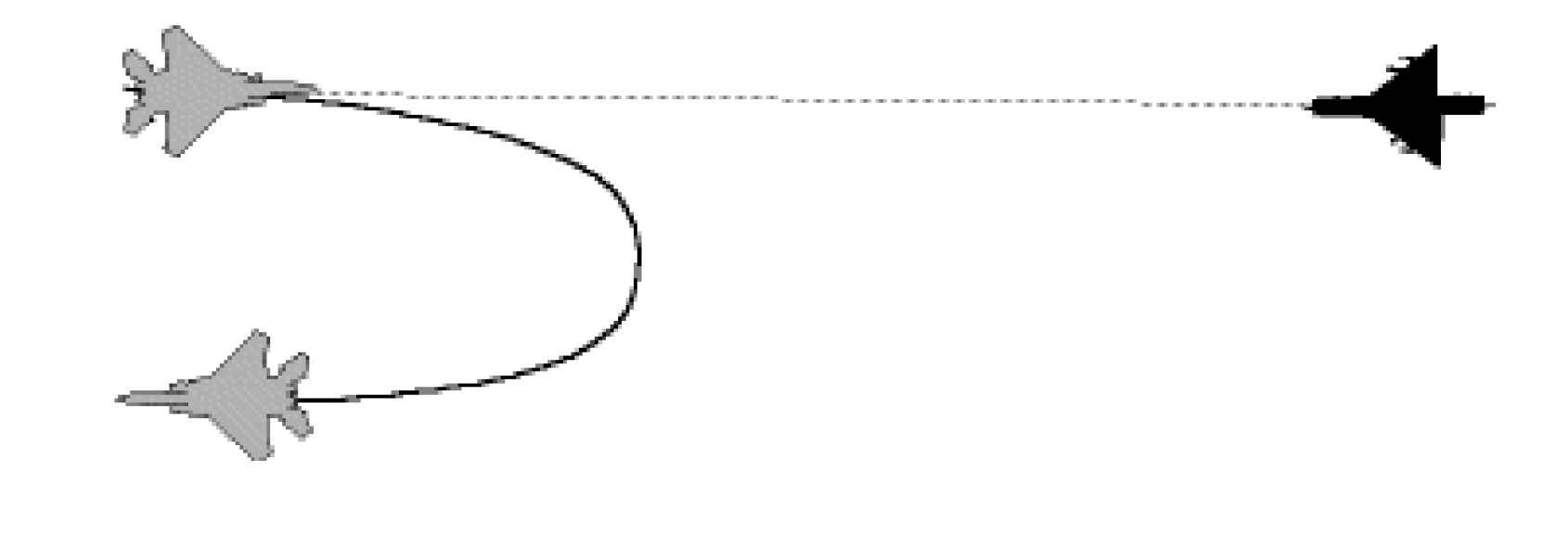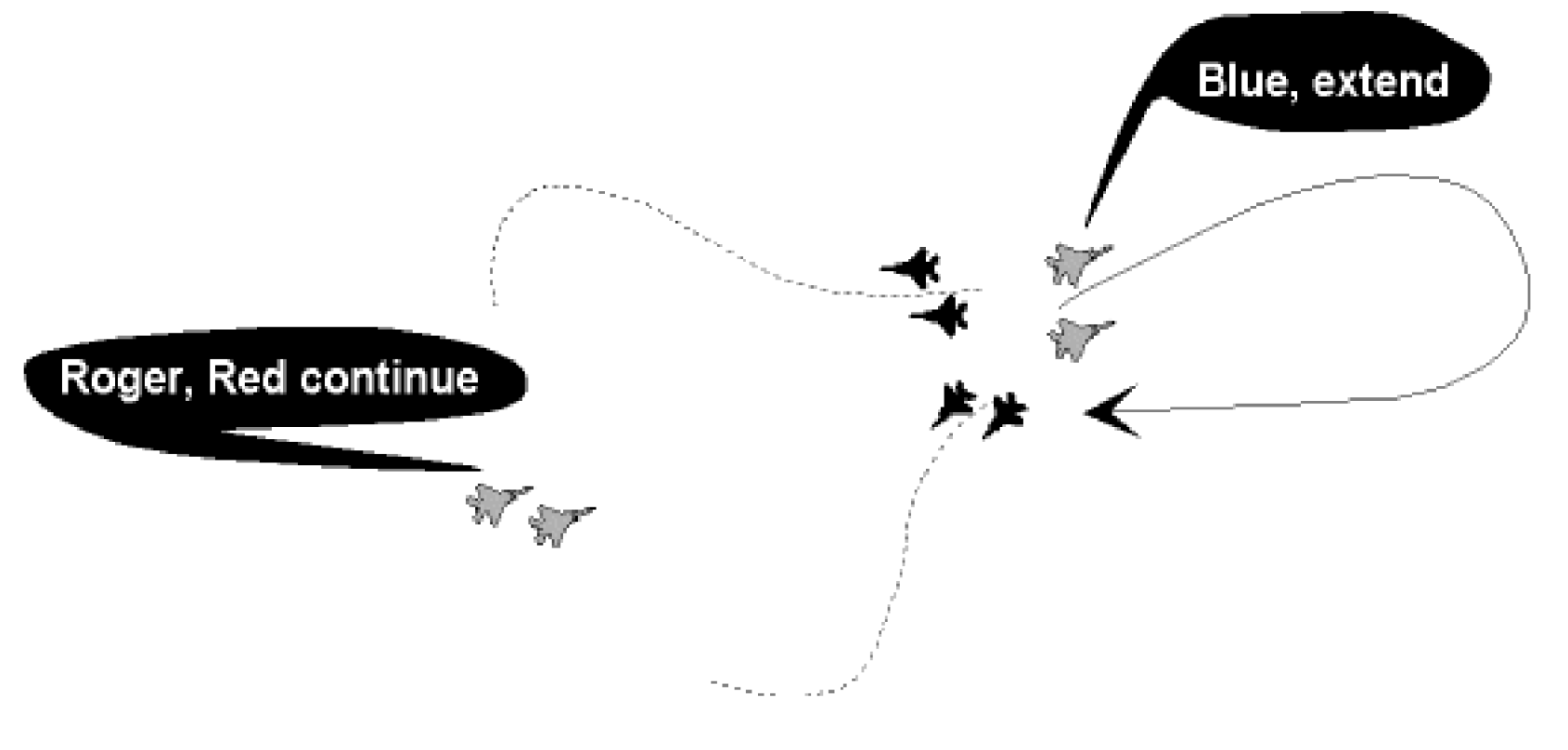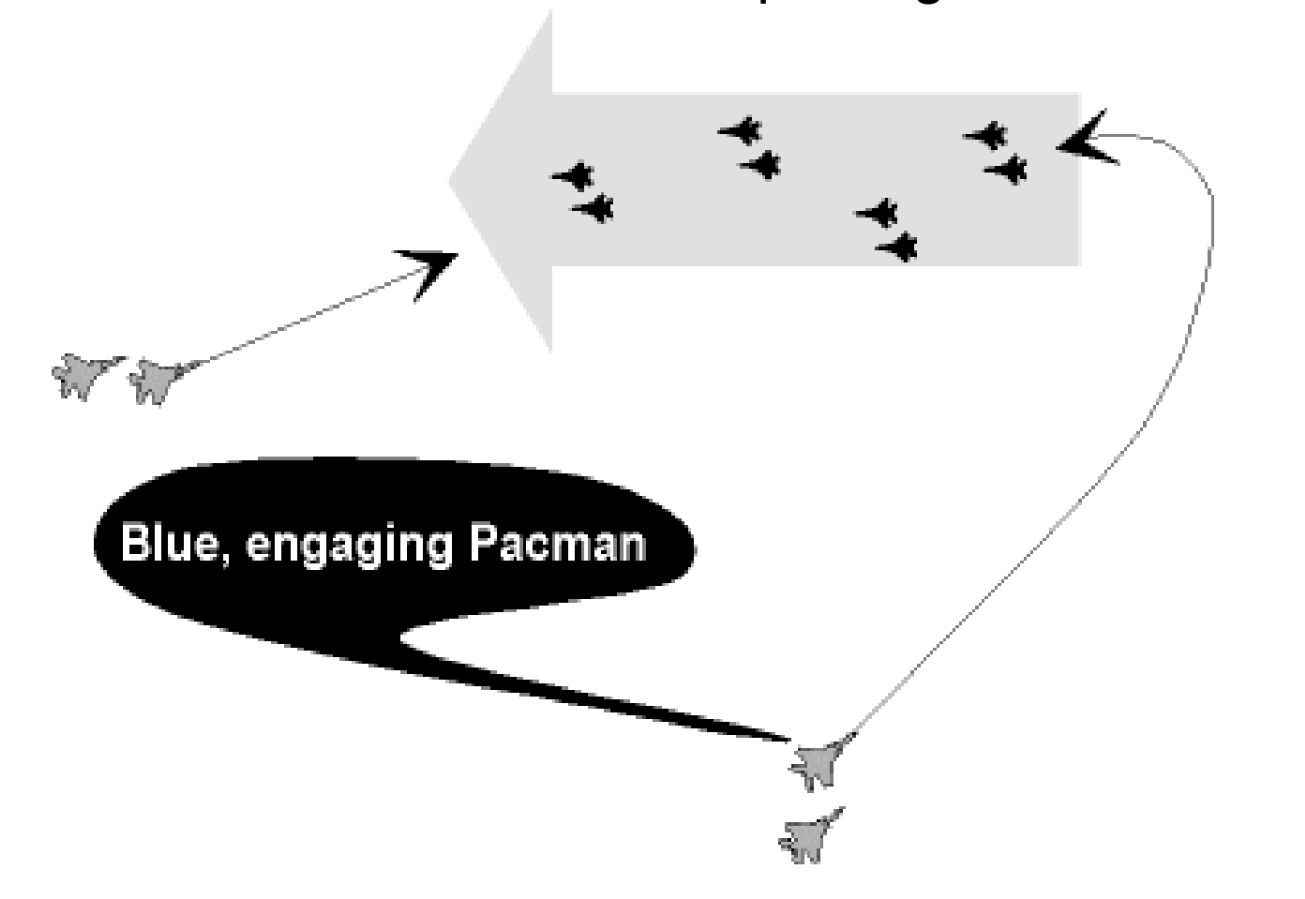6-Combat Maneuvers
Diese Seite befindet sich derzeit im Aufbau. Einige der angebotenen Inhalte können unvollständig sein oder Fehler enthalten.
Introduction
This module aims to give you an insight into some of the most commonly used combat maneuvers and attempts to show when and how such maneuvers would be used.
Pilots will use specific terms in the pre-flight briefings, to describe the tactics they intend to use. So you should be aware of these terms. After completion of this module, you will be able to:
- Understand the planned tactics during the pre-briefing with the pilots.
- Understand what is going on during the engagement.
- Pass on short messages to the pilot, explain the enemy maneuvers.
Long range(Prior to engagement) maneuvers
Prior to the close engagement, fighters and bandits’ routes will move according to the tactical situation.
It is just as important to understand what the fighters’ tactics are as it is to explain the changes occurring within the enemy packages. Use the following terms to advise the leader of the situation.
Weave
Two allied aircraft fly in a weaving pattern, crossing paths regularly. This tactic makes it difficult for the enemy to focus on a single target and increases the chances of the wingman getting a shot at the attacker.
Pincer
Descriptive call to define a tactic where two bandits (enemy) flights separate in an attempt to attack both flanks (sides) of your formation. Also a tactic designed to maneuver an enemy into a defensive position by simultaneous attack from both sides of bogey.
Cross turn
A 180° heading reversal by a flight where aircraft turn into each other.
Cross turn weave
A 180° heading reversal by a flight where aircraft turn into each other and cross again.
Attack Manoeuvers
Shackle
In this maneuver, the lead aircraft turns sharply to one side, while the wingman turns in the opposite direction. This creates a weaving pattern that can confuse the enemy and disrupt their targeting.
The goal is to force the enemy to constantly adjust their aim, giving the defenders an advantage.
Bracket
Directive call to maneuver fighters on opposite sides laterally or vertically from the targets. This tactical air combat maneuver used by fighter aircraft aims to gain a positional advantage over an opponent.
In this maneuver, the attacking aircraft positions itself in such a way that it "brackets" or traps the enemy aircraft between two of its own aircraft. This positioning makes it difficult for the enemy to escape or counterattack effectively.
Single side offset
Directive/descriptive call where a fighter aircraft maneuvers to one side of an enemy aircraft, creating an offset position.
This maneuver is designed to place the attacking aircraft in a favorable position to launch an attack while minimizing the risk of being targeted by the enemy.
Flank
Description of the bogey/bandit maneuvering to position the fighter within 30 - 60° of the contact nose.
Aircraft maneuvering stabilized within 120 – 150° aspect.
Beam
Description of the bogey/bandit maneuvering to position the fighter within + 30° of the contact wingline.
Aircraft maneuvering stabilized within 70 – 110 ° aspect.
Drag
Description of the bogey/bandit maneuvering to position the fighter within + 60° of the Bogey/bandit’s tail.
Maneuver also designed to seduce enemy aircraft to follow one aircraft while another gets on his six to destroy him.
Cranck
Directive/descriptive call indicating an F/A -POLE maneuver in a specific direction (applies to friendly fighters).
Notch
Description of an aircraft maneuvering defensively to position the bandit on the aircraft’s wingline. (applies to friendly fighters).
Pump
Directive/descriptive call indicating the fighters are maneuvering up to 180° away from the threat with the intention of recommitting, depending on the tactical situation (applies to friendly fighters).
While pumping, pilots expect picture updates by wingmen or controllers.
Extend (Direction)
Directive to gain energy and distance with the possible intent of re-engaging.
When extending, pilots require a picture update in order to plan their return into the fight.
Pacman
Informative call that the fighters have found the end of the threat package and are converting — given in B/R from the FAOR (Fighter Area Of Responsibility) reference point.

